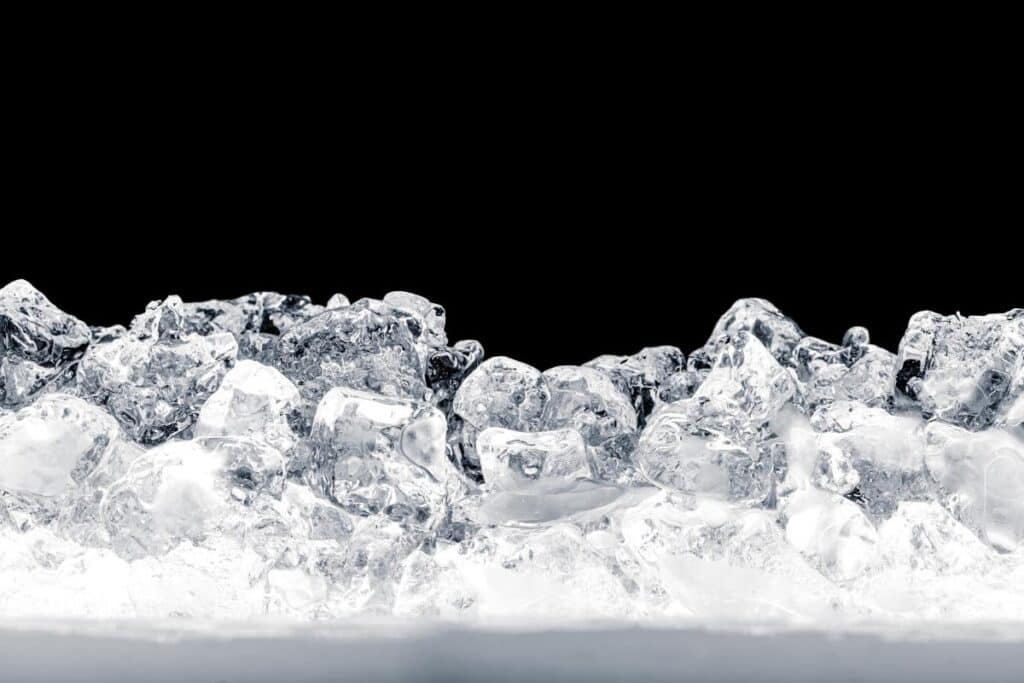In the realm of athletic performance and muscle recovery, one powerful and age-old technique has been making a comeback – cold therapy. The idea of using cold to heal might seem counterintuitive, but it’s gaining popularity for its effectiveness in reducing muscle soreness, inflammation, and promoting faster recovery. In this article, we’ll dive into the science behind cold therapy for muscle recovery, exploring its mechanisms, benefits, and practical applications.
The Mechanics of Cold Therapy
Before delving into the advantages of cold therapy, let’s understand how it works. Cold therapy, also known as cryotherapy, works by constricting blood vessels, reducing blood flow to the targeted area. This decrease in blood flow helps minimize swelling and inflammation, two primary factors contributing to post-workout muscle soreness.
Benefits of Cold Therapy for Muscle Recovery
Now, let’s explore the multitude of benefits that cold therapy offers in the realm of muscle recovery.
- Reduced Muscle Soreness: Cold therapy helps alleviate delayed onset muscle soreness (DOMS) by minimizing inflammation and lactic acid buildup, resulting in quicker recovery.
- Faster Healing: By reducing inflammation, cold therapy promotes the body’s natural healing processes, allowing muscles to recover more swiftly.
- Enhanced Muscle Function: Cold therapy can improve muscle function and range of motion, making it an attractive option for athletes looking to maintain peak performance.
Application of Cold Therapy
Practical application is key to reaping the rewards of cold therapy effectively.
- Ice Baths: Submerging the body in cold water, usually between 50-59°F (10-15°C), is a common method used by athletes to recover from intense workouts.
- Cryotherapy Chambers: These specialized chambers expose the body to extremely cold temperatures for short durations, typically ranging from -166°F to -292°F (-110°C to -180°C).
- Localized Cold Packs: Applying ice packs or cold compresses directly to sore or injured muscles can also be effective in reducing inflammation and promoting recovery.
Safety and Precautions
While cold therapy offers numerous benefits, it’s essential to exercise caution. Cold therapy should be used in moderation, as excessive exposure to cold temperatures can lead to frostbite or other adverse effects. It’s crucial to follow recommended guidelines and seek professional advice when implementing cold therapy.
The Future of Cold Therapy
Cold therapy’s role in muscle recovery is likely to continue evolving. Researchers are exploring innovative applications such as whole-body cryotherapy and localized cooling devices to make cold therapy more accessible and tailored to individual needs.
Conclusion
In conclusion, cold therapy is a powerful tool in the arsenal of muscle recovery techniques. By reducing inflammation, minimizing muscle soreness, and promoting faster healing, it offers a natural and effective way for athletes and fitness enthusiasts to recover from intense workouts and perform at their best.
However, it’s essential to use cold therapy judiciously, following safety precautions and seeking guidance when needed. As technology advances, we can anticipate even more tailored and accessible applications of cold therapy to enhance our fitness and recovery routines, making the chilling experience a valuable asset in the quest for peak physical performance.
If you love bodybuilding, share this article on Facebook or Twitter so that others can learn more about building muscle.



